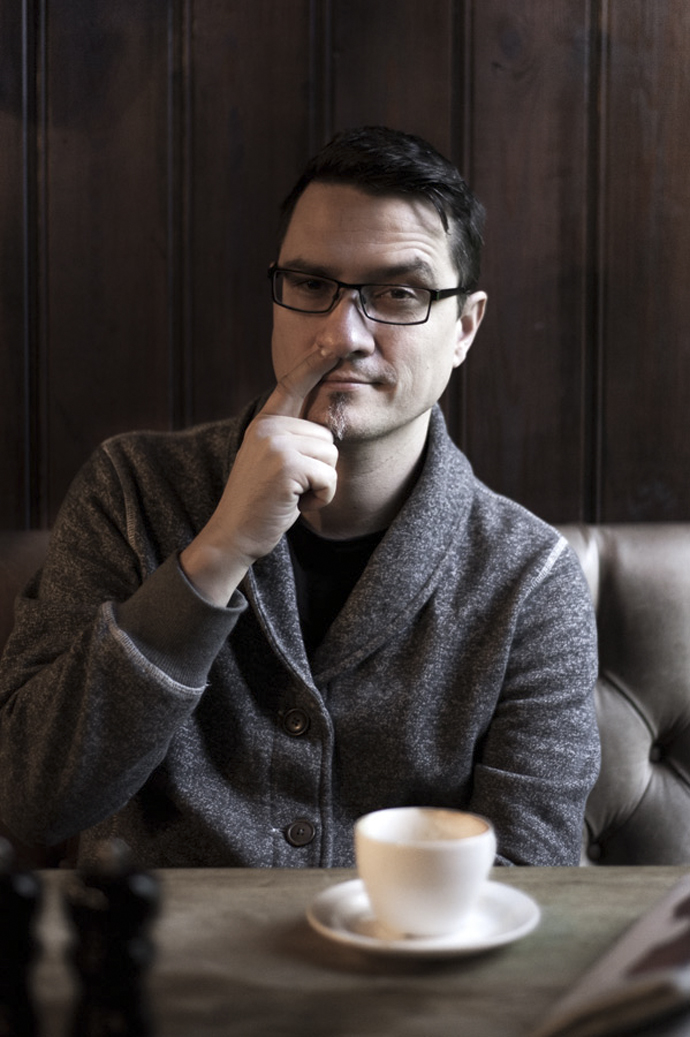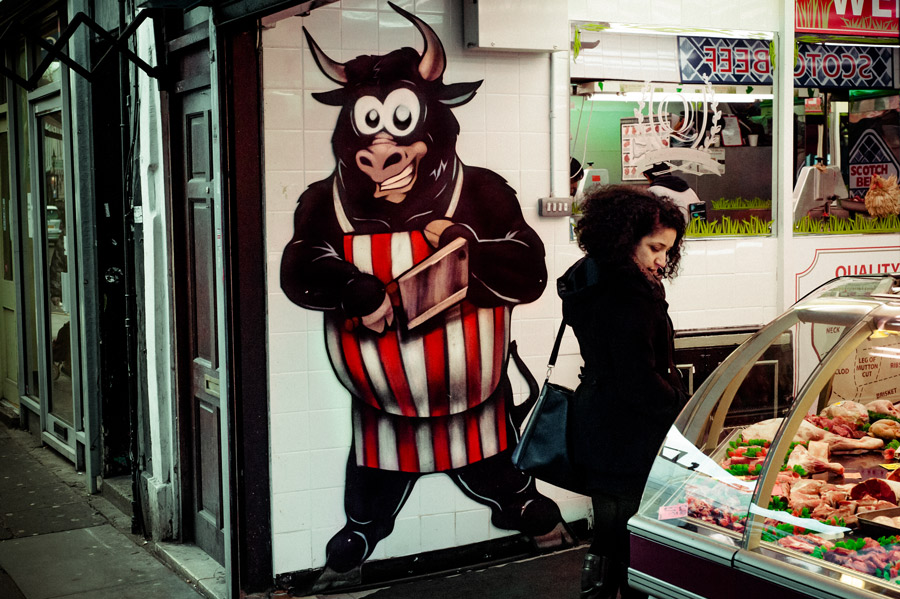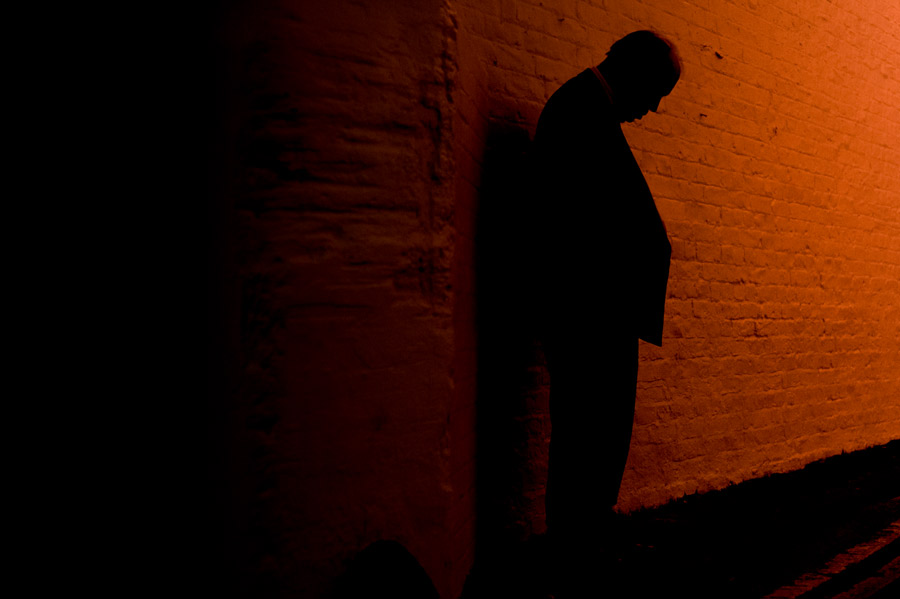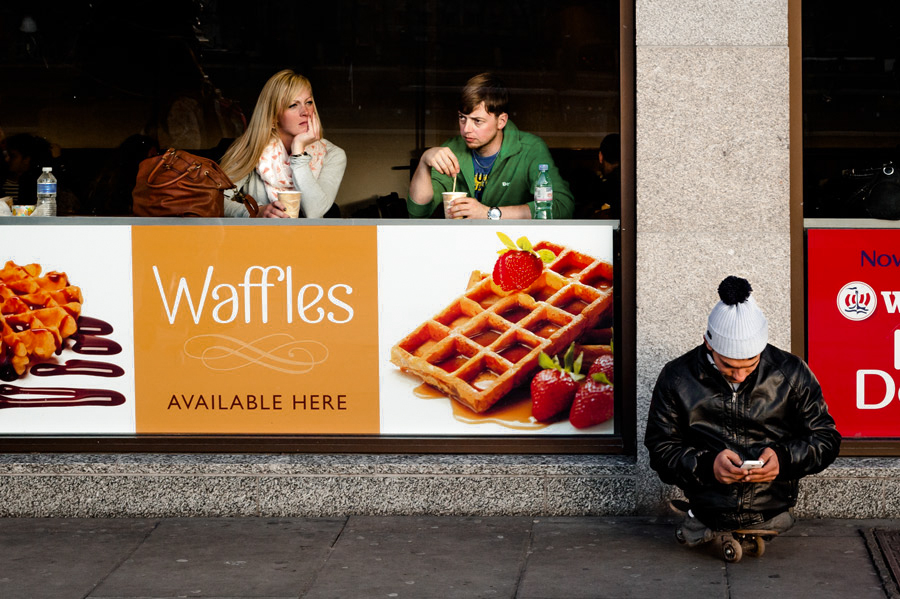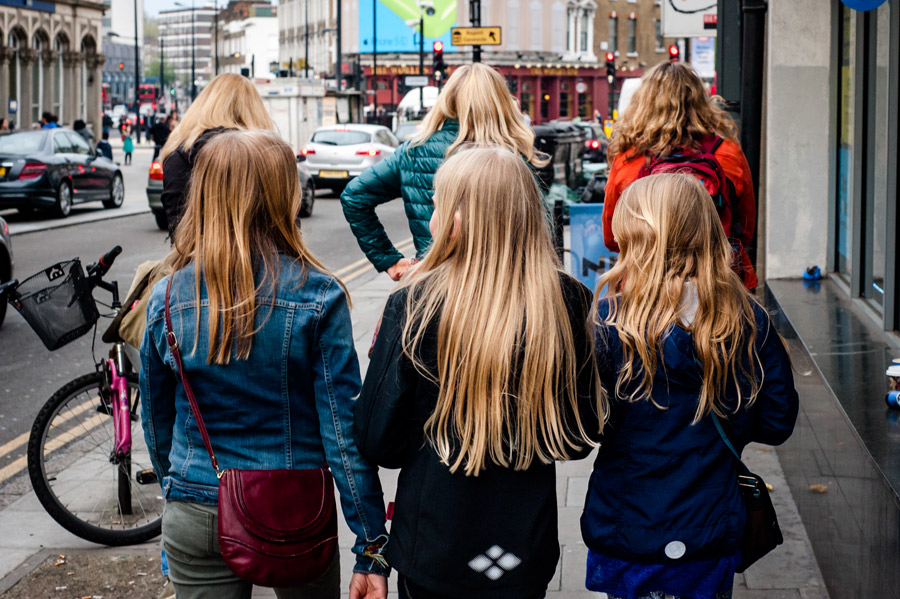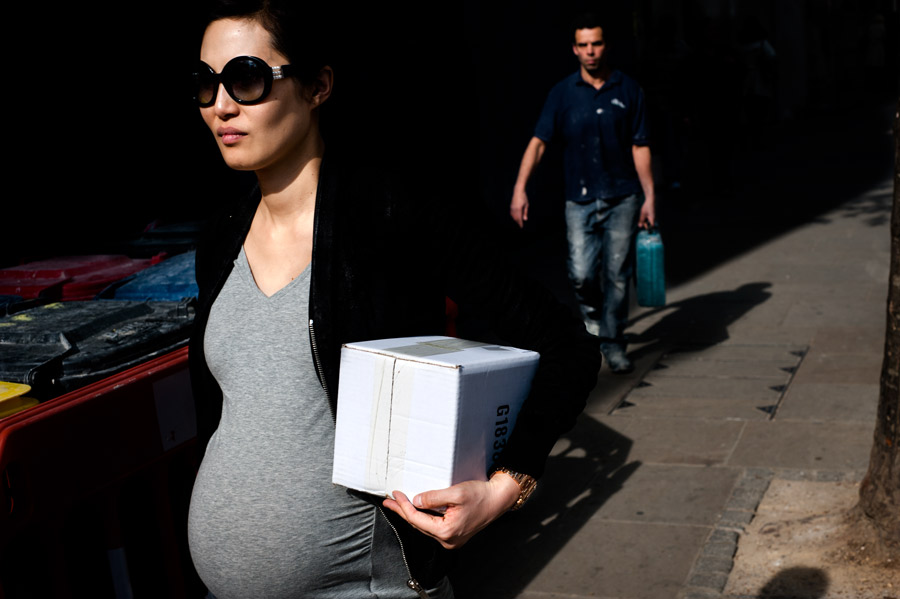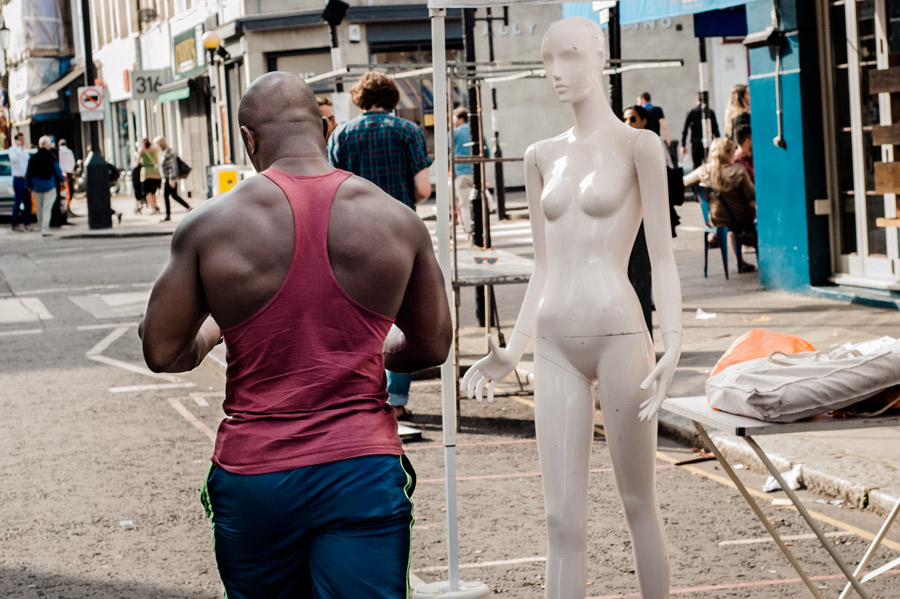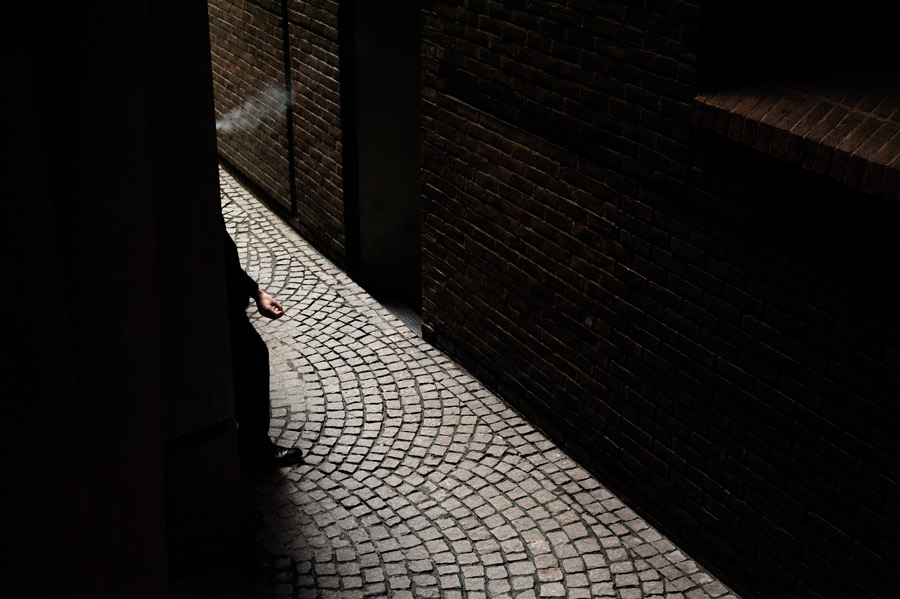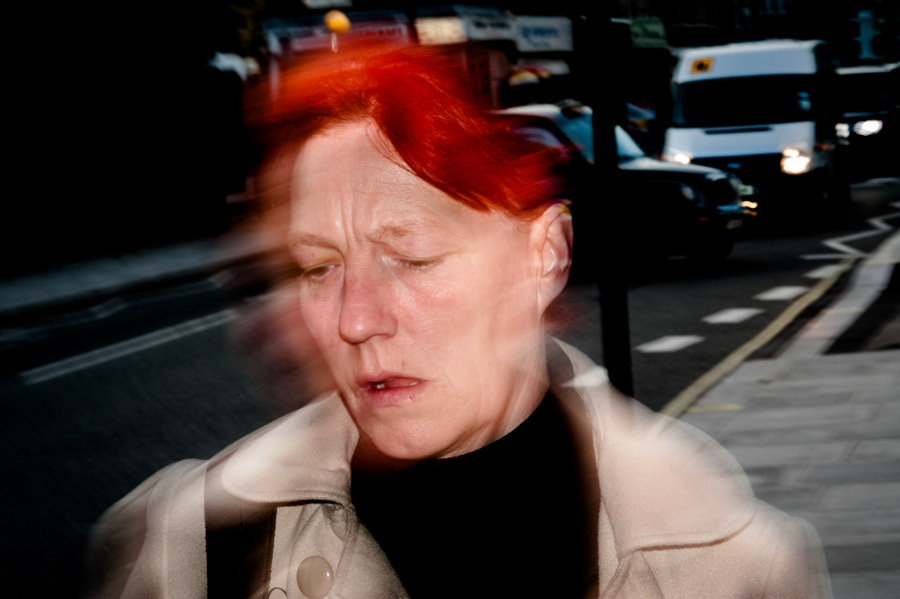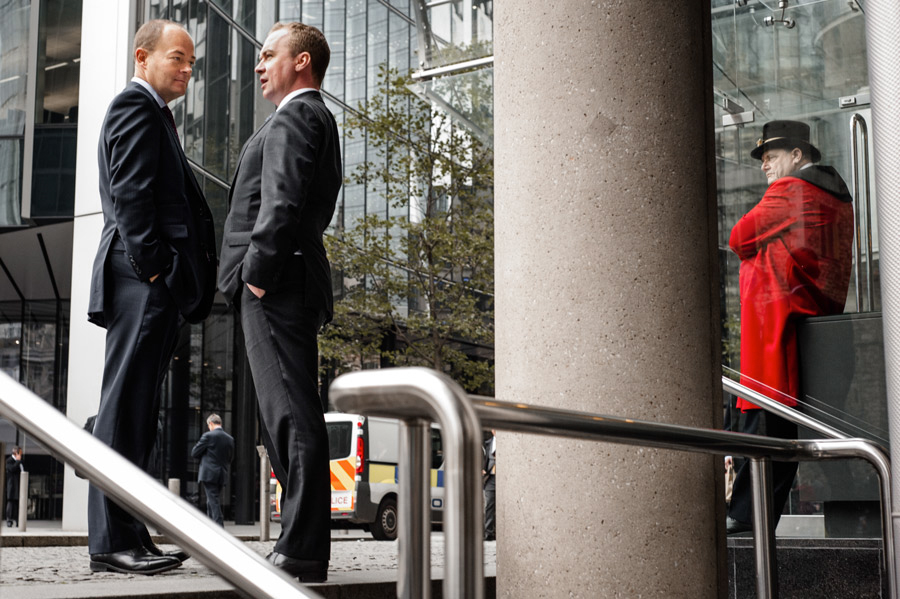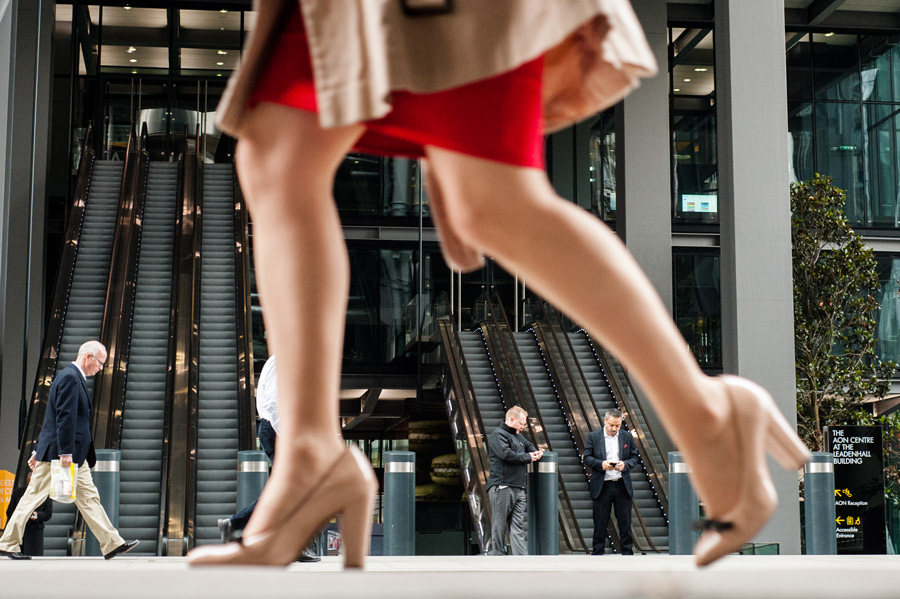Can you tell us a little about yourself?
I am an Italian architect who lives and works in London. Photography is a passion that I have been cultivating for a long time. I do not know why I do it but I know that I can’t help but do it.
How did you get interested in photography?
I have always been interested in any form of communication, such as writing, music, cinema, photography, etc. What I like about photography is the immediacy with which a message arrives. There is no text or video that can capture attention and convey a message in a split second as the photographic image. Of all the different types of photography made possible with the camera, I prefer documentary for my part, the observer’s eye on everyday life in which I find the drama and the beauty of this abstract thing that is existence.
Who are some of your favorite classic photographers, and how did they influence you?
Photography is part of the family of images that have existed ever since humans started to reflect their surroundings. Thus, alongside names like Winogrand, Frank, Meyerowitz, Cartier-Bresson, I add Van Gogh, Monet, Picasso’s Blue Period, De Chirico, Dali, Turner and many others. I do not know if there is a particular photographer who has influenced me in a particular way, I think that just when you lose a definite reference model, then your own way begins.
What first drew you to photography and how did you discover it?
A small monograph of Luigi Ghirri that was given to me long ago made me discover the real power of photography. Ghirri to me is the Mies Van Der Rohe of photography, “less is more”.
How do you educate to take better photos?
Observing the great masters is a constant exercise to which I submit my eyes. Then I follow my curiosity, my instinct, that irrational pleasure that leads me to shoot. Anyway what counts to me is taking photos rather than better photos.
How do you come up with ideas for your projects?
The term “project” in photography makes me feel caged. When I moved to London, for example, photographing was a way to know the city. Slowly I began to recognize signals, cracks, anomalies that caught my attention and which went beyond the appearance of this place. If “Streets of London” is a project, it is because these pictures can not belong to any place other than London.
Do you take photos more for yourself or for others?
When I get in touch with my subjects I disconnect completely from reality. It is a pure psychophysical pleasure which reaches its peak in the moment of the shoot and sometimes not without it’s dangers. Since I show my photos to others it is like letting go a grown up child. That’s the moment I recognize them as they are and not as I would like them to be.
What do you think makes a memorable photograph?
When a photo contains in itself elements that touch the consciousness or the imagination of the viewer, that image will become memorable for them. However, whatever makes a memorable picture cannot be predicted by the photographer, so it doesn’t really enter my thinking when I am taking the shot.
How important is an awesome website for your business?
The image that you create in your work is definitely very important. Nevertheless my website is fairly minimal. At the moment it is a kind of public photobook. I also use it to keep memory of my shots.
How has social media played a role in your photography?
The social media machine consumes images at the speed of light and needs constant care. I am quite fickle about it though, because thanks to it I have managed to get in touch with other photographers with whom I compare my work and not only virtually. That has enriched me a lot.
What are some tips you would give to yourself if you started photography all over again?
Take the photographs you want to take, learn to improve your technique always and follow your instinct in which is your art.
What is one question nobody has ever asked you that you wish they asked you?
The first thing that comes to my mind is, “why in your portrait do you have a finger in your nose?” [Official Website]



